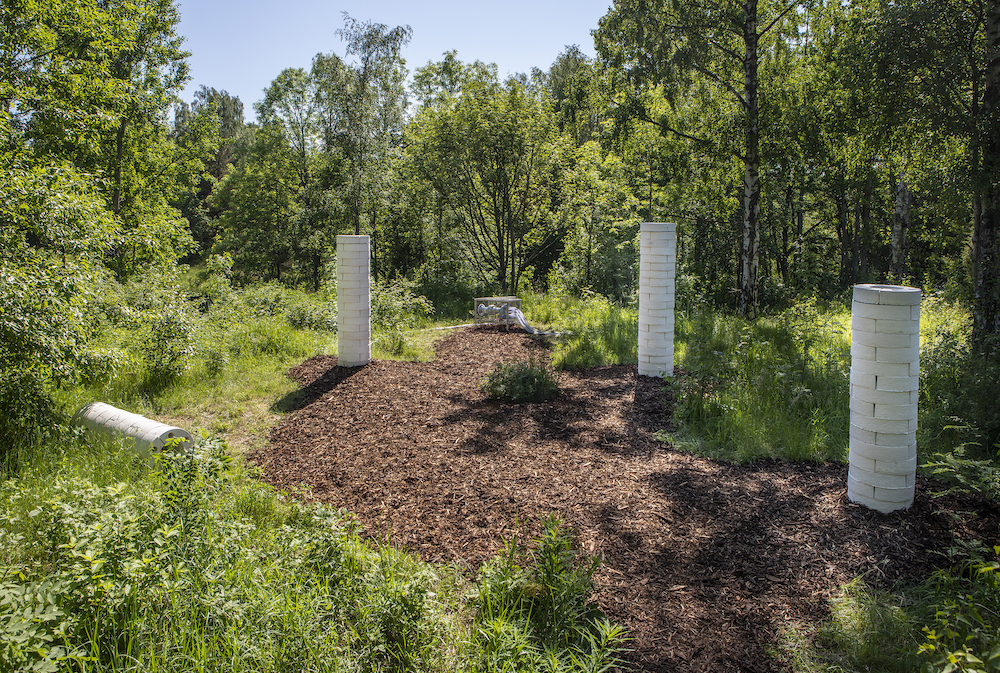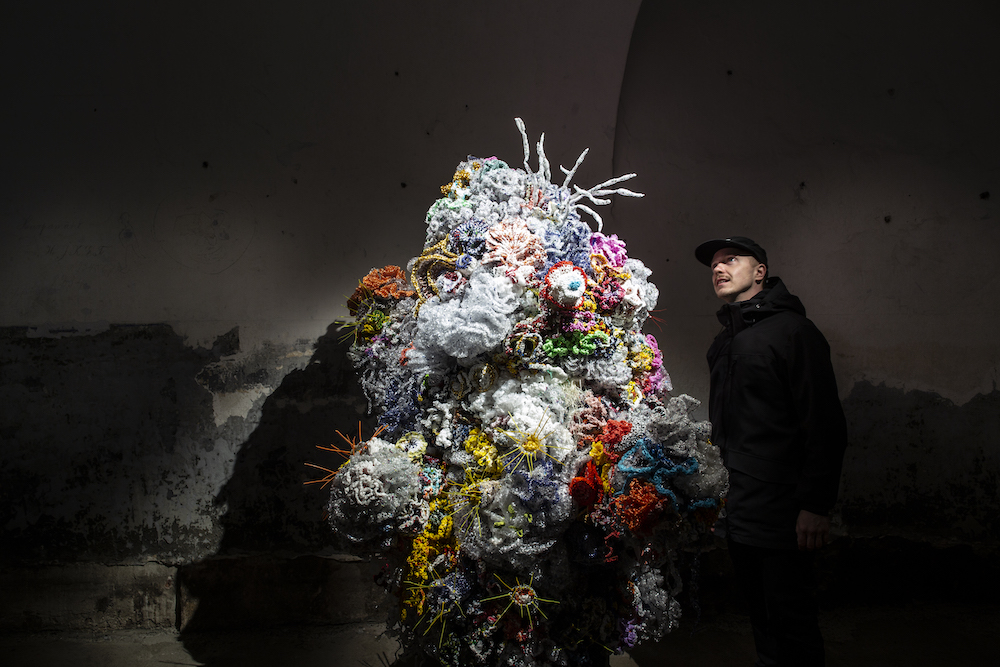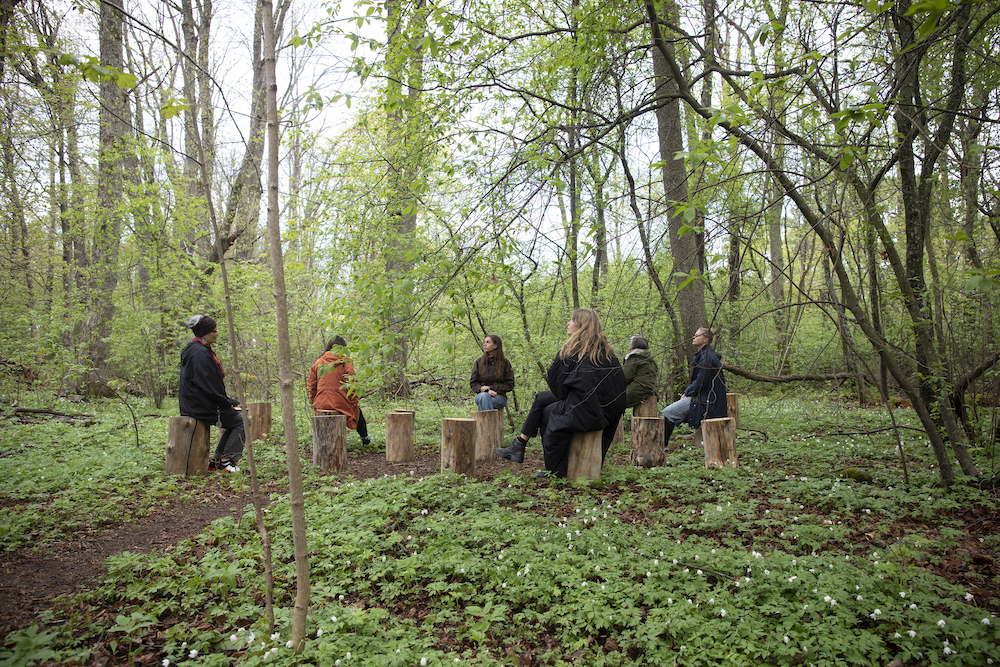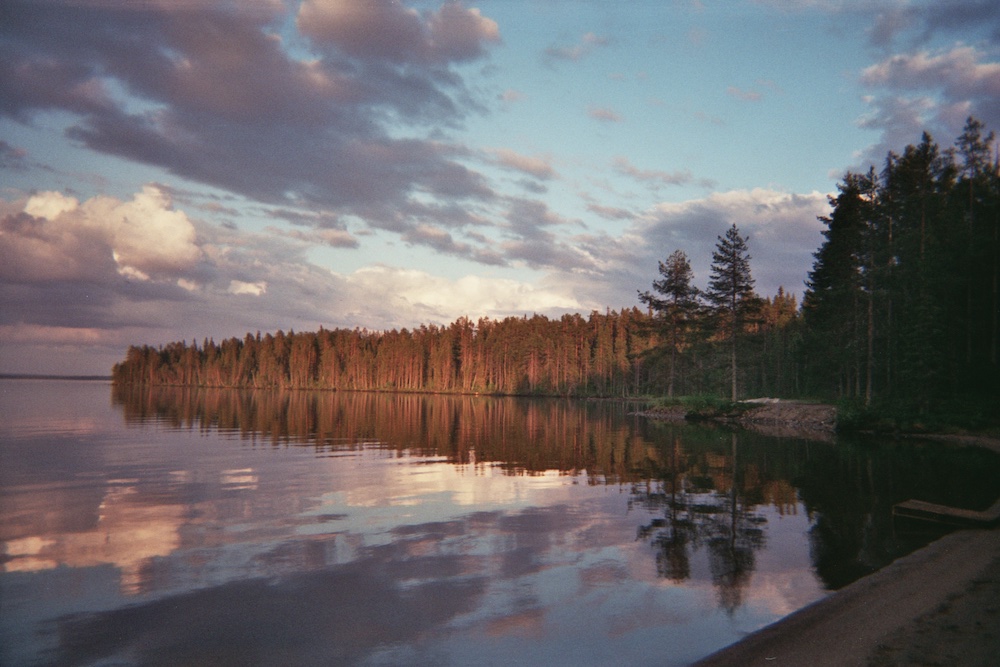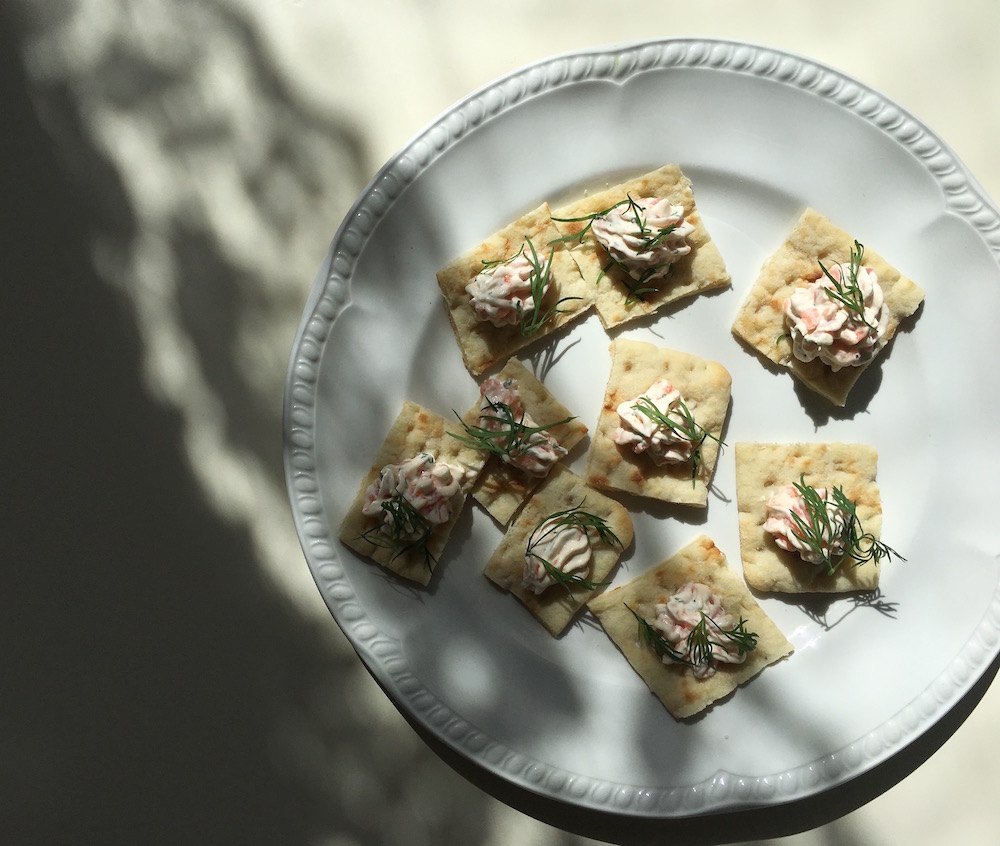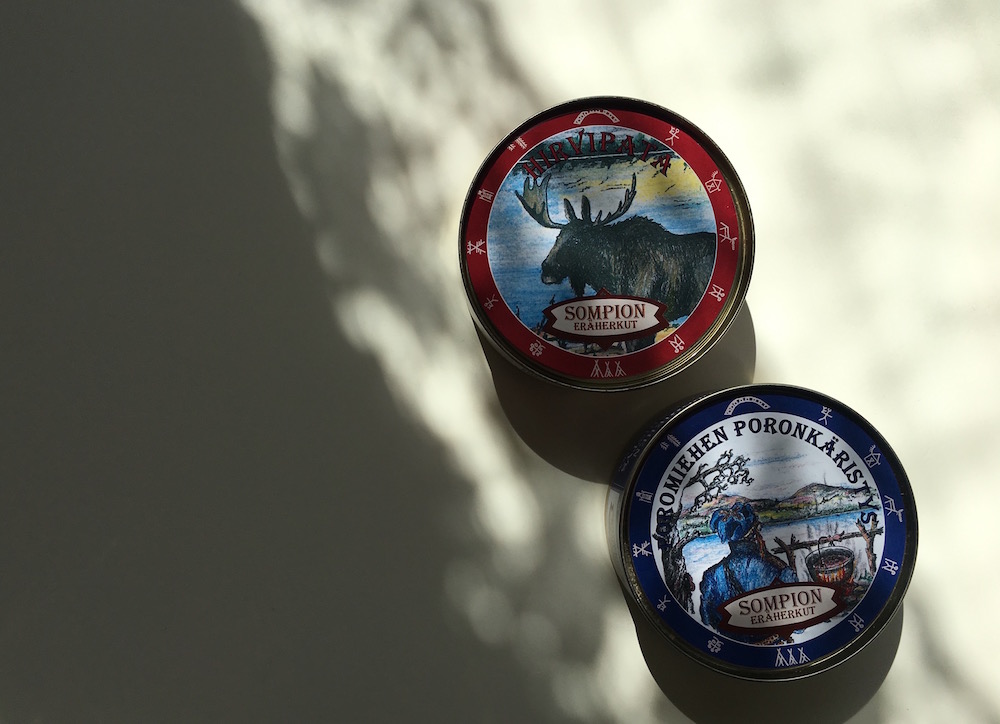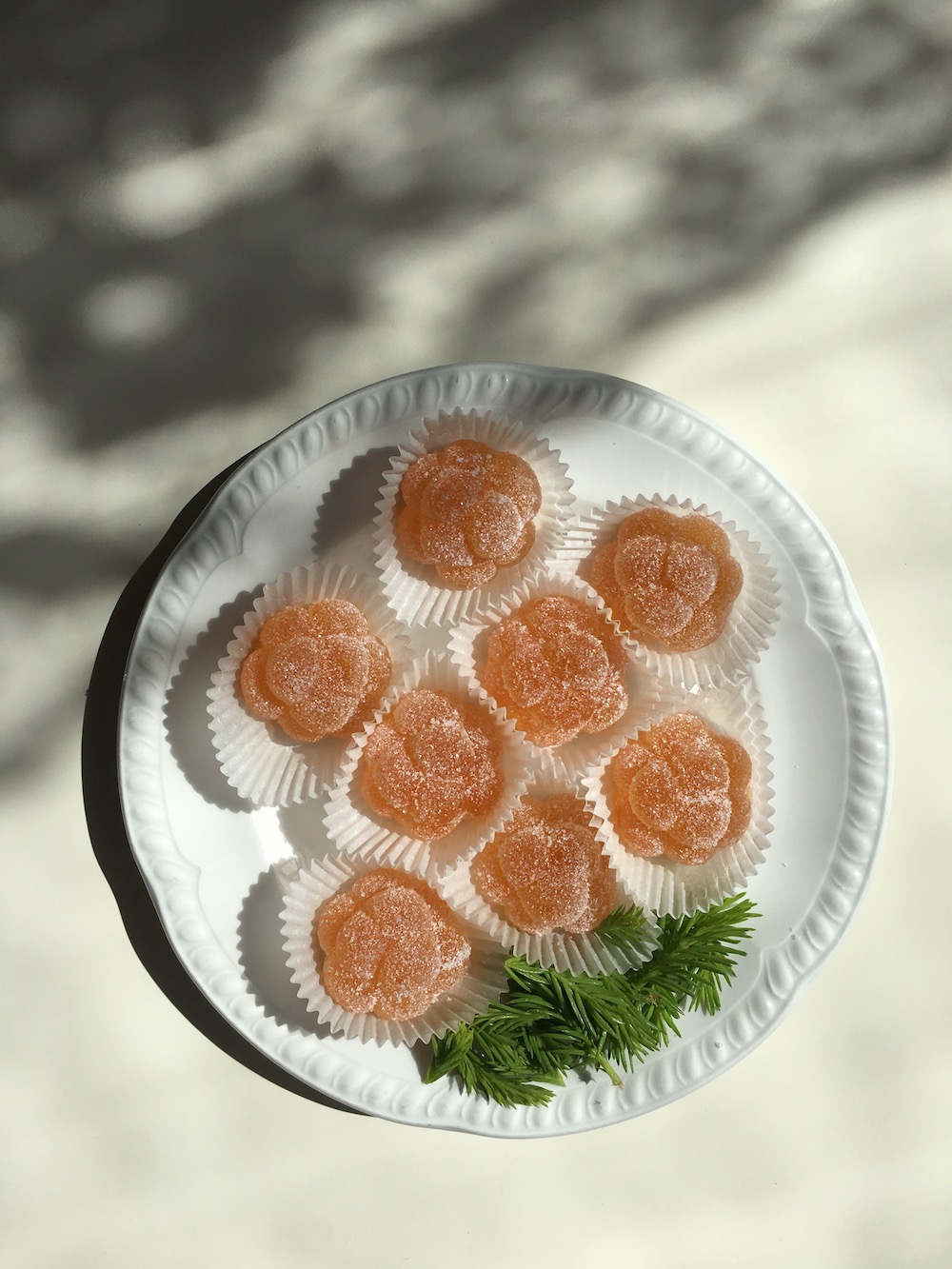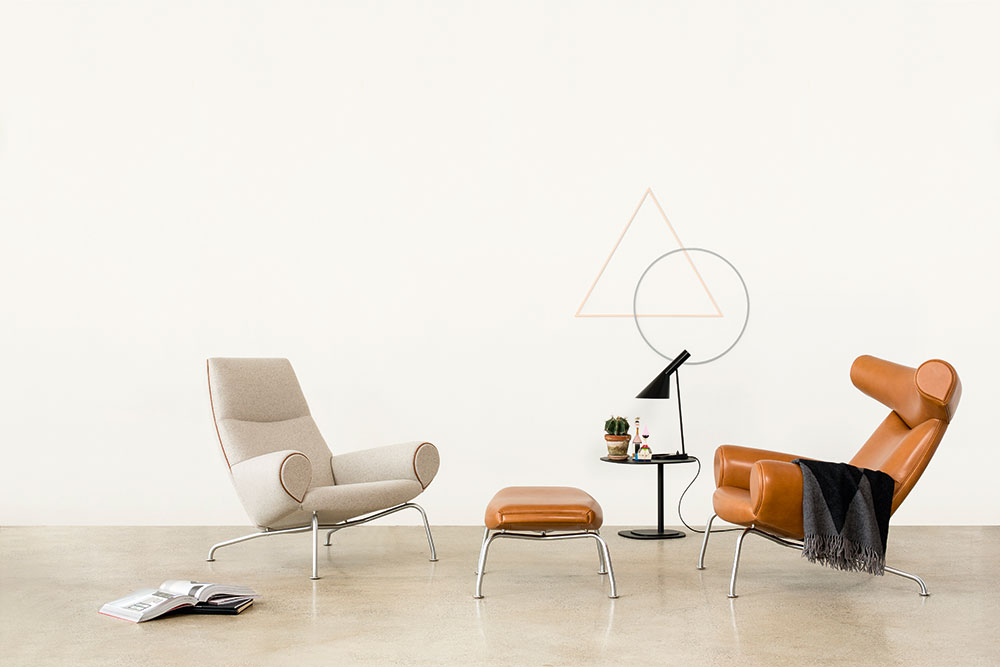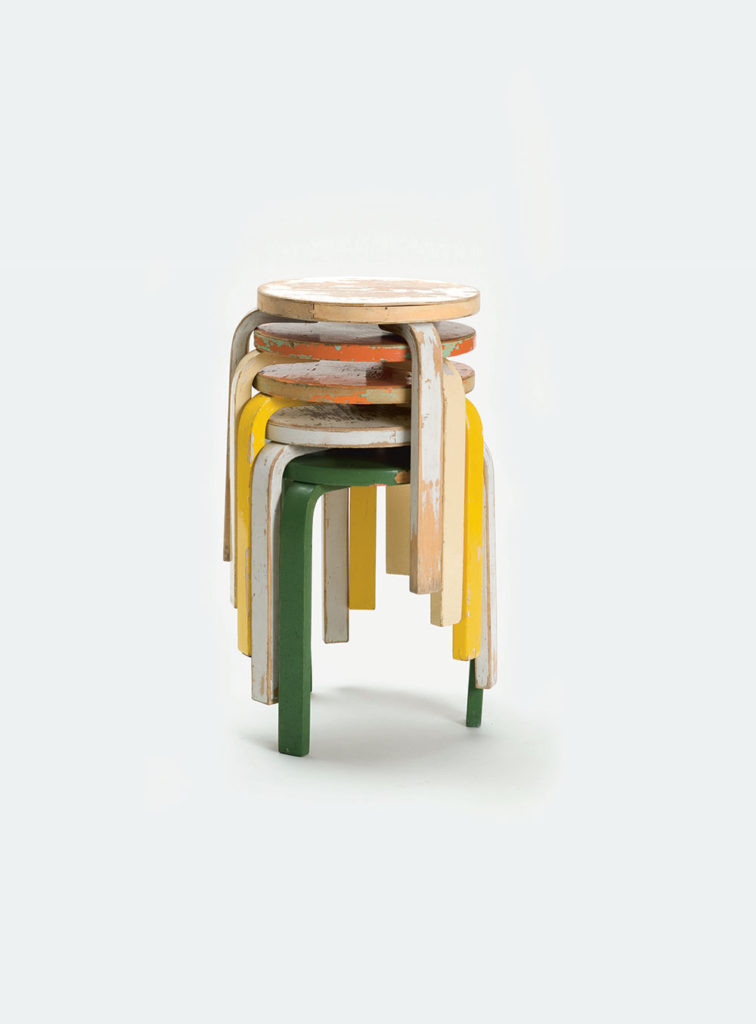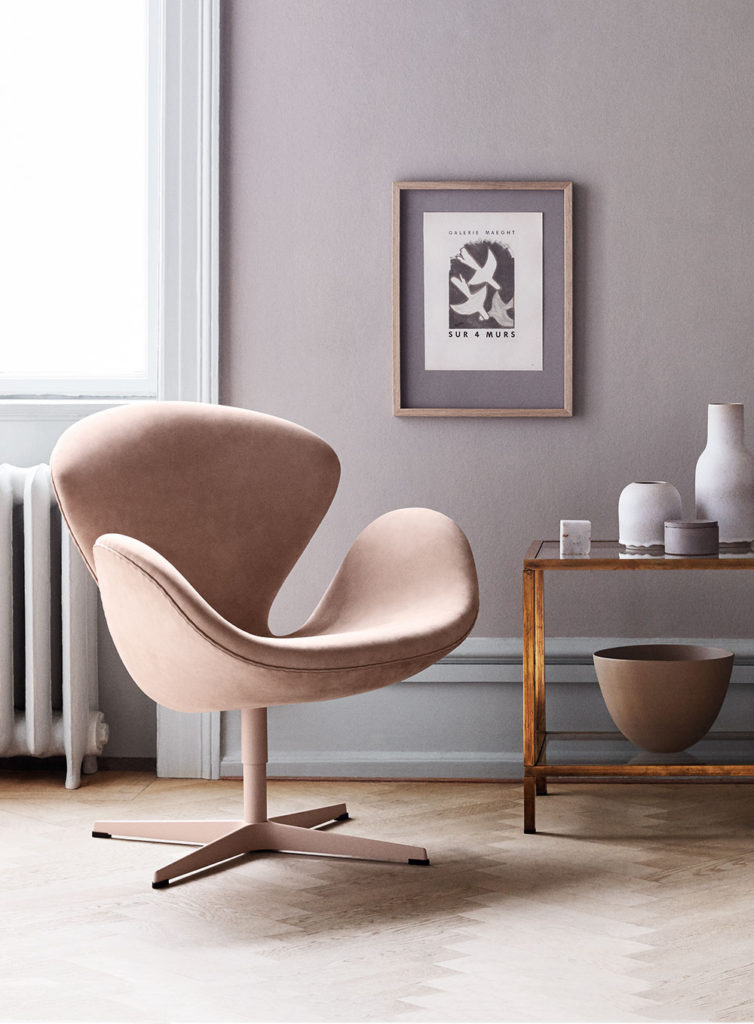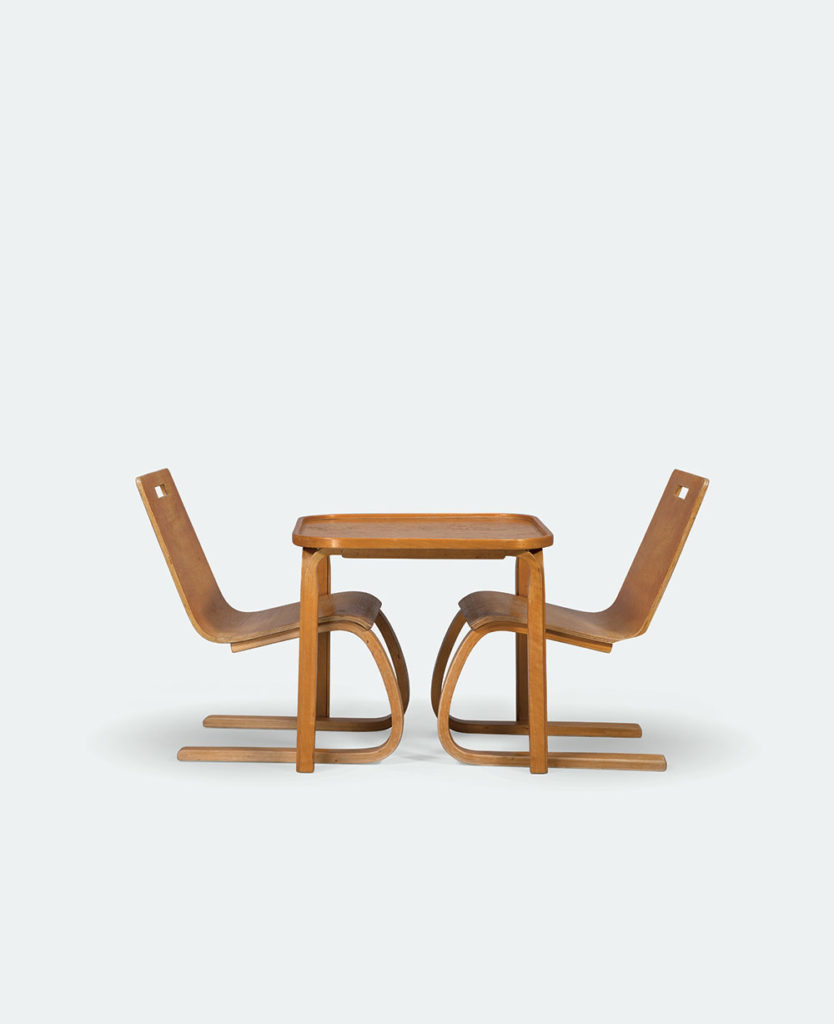100 cities threatened by rising seas can listen to a piece composed by Cecilia Damström, played by the Lahti symphony orchestra and conducted by Dalia Stasevksa
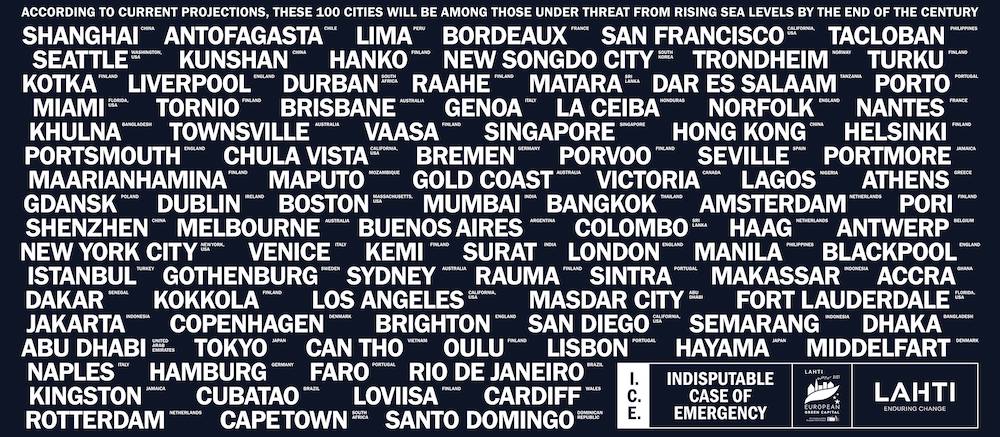
The Finnish tabloid Helsingin Sanomat once referred to Cecilia Damström as the Greta Thunberg of music, and quite frankly, there is no better description. The Helsinki-born composer, who grew up in a German-Scottish-Finnish family, has so far written four chamber operas, music for orchestra, choir and chamber music plus a host of other solo works. Her most recent piece, however, confirms her essence – the drive, spirit and temper – of her career entirely. In collaboration with the carbon-neutral symphony orchestra of Finnish city Lahti, Cecilia has crafted a 10-minute piece entitled ICE.
Conducted by Dalia Stasevksa, the music is available only to 100 cities worldwide that are endangered by climate change and its consequent rising sea levels. Artistically strict, upon landing on ICE’s very own homepage, users are given the option to input their city to test out whether or not their lands are threatened. Myself in London, I popped the data in and therein flashed a harsh yet necessary statement: that the city is under threat from rising sea levels. The only positive of this message, though, is that I’m now able to listen to Cecilia’s composition of playful and peaceful melodies that rashly intensify as it strives to replicate the impending danger of our world. “The piece begins with depicting beautiful ice scenes,” says Cecilia. “Every chord is a symmetrical chord consisting of six notes, because when water freezes it always becomes a symmetrical hexagon.” The first three or so minutes, in this sense, depicts a “normal” winter period before “alarm signals” begin to change the pace, “and the winds that grow ever louder every time the winter shortens.”
“At around five minutes,” she continues, “you can hear ecosystems starting to collapse and the strings playing frantic rhythmic repetition, how time is ticking away. While at six and a half minutes, we will again hear alarm signals, like when a big vehicle is trying to reverse. The alarms begin to ring out clearly SOS (three short, three long and three short signals). Soon after we can hear ‘total’ collapse, the heart’s irregular beat in a duet with a bicycle bell, also signalling SOS. The bicycle bell is a symbol for how human (personal) action can impact and make a change, and make things turn around. We hear a fast speed rewind of the collapse from about eight minutes until we are finally back at the beginning, back to normal winters at around nine minutes. The bicycle bell is also the last thing we hear, human action is the note of hope for the future.”

ICE is an apt example of how music can be employed as a tool for steering change, particularly when it comes to addressing the impact of our warming world. And cities, like Lahti, are at the forefront of this: consuming less resources; making urban areas more sustainable; consciously encouraging sustainable urban planning like transportation; and actively sourcing renewable energy are a few instances. Leading the way and setting an example for all, Lathi has been coal-free since 2016 and will be a zero-waste, carbon-neutral city by 2025. It’s also proud to state that 99% of its household waste is received and recycled, and has plans to protect 8% of its nature and resources by 2030.
If urgent action isn’t taken now, then disastrous effects will be brought to the surface, quite literally, by the end of the century. No city will be unaffected by the climate crisis. “Together with Lathi,” says Cecilia, “I wanted to draw attention to the alarming state of these coastal cities by highlighting them and bringing together the people who live in these areas, and share the concern about the future. On the one hand, we are asking the questions about what unique things will be lost if we lose these areas, and on the other hand, we wanted to focus the piece’s message of hope and prompt action on the endangered areas.”
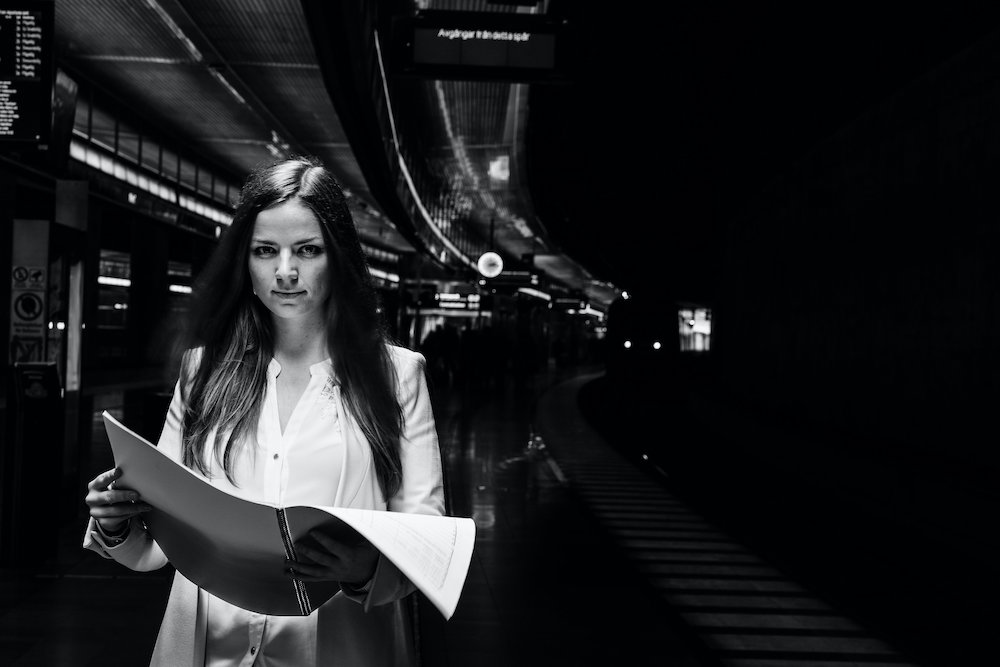
The cities declared under this powerful merging of music and activism have been chosen based on reports and findings by the Urban Climate Change Research Network, The World Economic Forum, OECD and Climate Central. Along with London, these other locations include Copenhagen, Dakar, Istanbul, New York, Buenos Aires, Shenzhen, Venice, Melbourne, Tokyo, Faro, Liverpool, Amsterdam and many more. According the project’s research, rising sea levels are set to threaten several coastal cities by 2050 and 2100. “I hope we can raise awareness of the acute situation of the glaciers and get people to act on the behalf of nature,” she says of her impactful messaging. So what does Cecilia hope for the future? “Nonviolent protests are twice as likely to succeed as armed conflicts – and from those engaging, at least 3.5% of the population have never failed to bring about change. My hope is that we can be part of those who bring about the changes needed for stopping climate change.”


